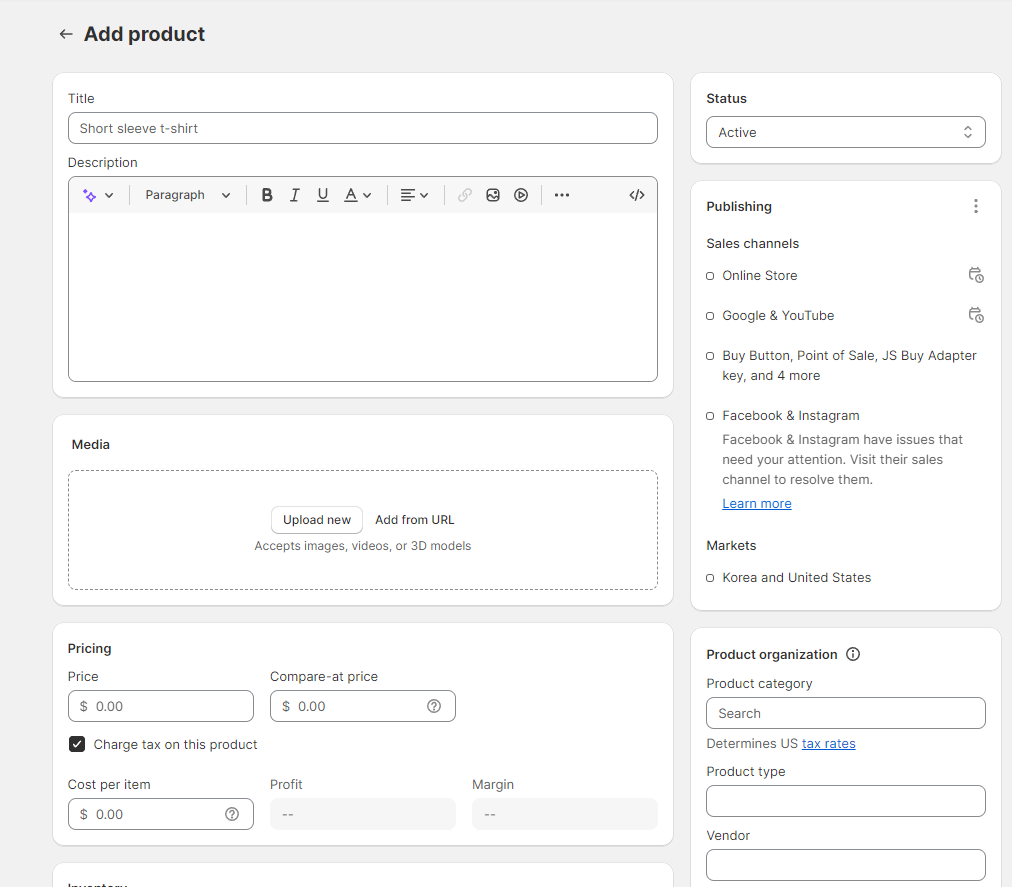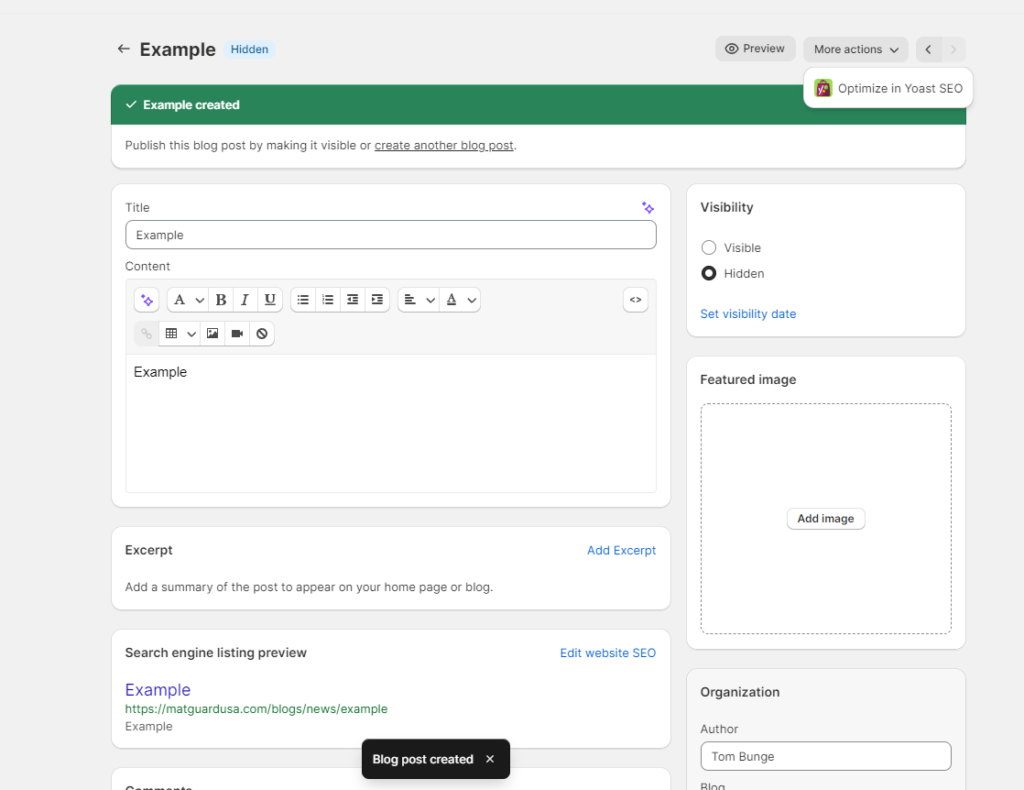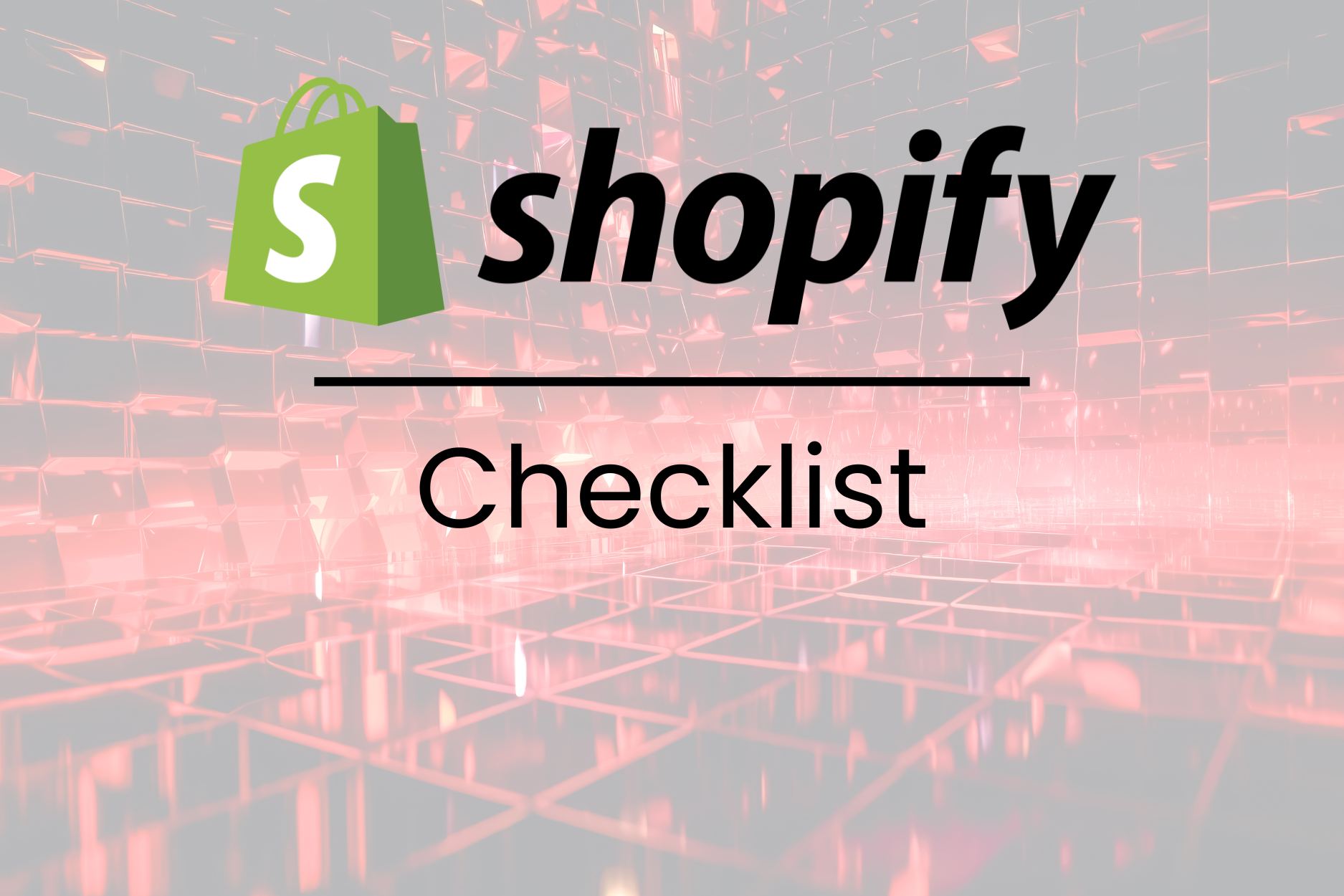When it comes to achieving SEO success on Shopify, having a well-defined content strategy is paramount. Your online store’s visibility and rankings heavily depend on how effectively you optimize your content. In this blog post, we’ll guide you through the process of creating a content strategy that aligns perfectly with Shopify SEO best practices. Whether you’re a Shopify SEO consultant or a store owner aiming for improved visibility, these tips will provide the guidance you need.
Shopify SEO Best Practices: Understand Your Audience
Before diving into content creation, it’s crucial to understand your target audience. Research their preferences, pain points, and search habits. This insight will help you tailor your content to their needs, making it more relevant and engaging. Tools like Google Analytics and Shopify’s built-in analytics can provide valuable insights into your audience’s behavior.
Shopify SEO Checklist: Keyword Research: The Foundation of Your Strategy
The first item in our Shopify SEO Checklist is keyword research. Keyword research forms the bedrock of any effective SEO strategy. Start by identifying relevant keywords for your niche and products. Focus on long-tail keywords that have moderate search volume and lower competition. Tools like Yoast, Ahrefs, and Google Keyword Planner can assist in discovering keywords that resonate with your audience.
Craft Compelling Product Descriptions

The second item in our Shopify SEO checklist is product descriptions. Every product in your Shopify store deserves a unique and engaging description. Incorporate the keywords you’ve identified naturally into these descriptions. Highlight the benefits and features of your products, making them more appealing to potential customers. Remember, your product descriptions should speak directly to your audience’s needs and desires.
Incorporate Blogging into Your Strategy

Blogging isn’t just for informational websites—it’s a powerful tool for e-commerce SEO too. Create a blog section on your Shopify store and regularly publish high-quality, relevant, and engaging blog posts. These posts can cover a variety of topics related to your industry, products, and customer interests. Remember to optimize each blog post with carefully chosen keywords to attract organic traffic. Take a look at the difference between editing a blog post in Yoast as opposed to editing it in the default editor:

Leverage Visual Content
Visual content is not only visually appealing but also contributes to SEO success. Utilize high-quality images and videos to showcase your products from various angles and perspectives. Alt text for images should include relevant keywords to improve accessibility and search visibility. Visual content can keep visitors engaged and encourage them to stay longer on your site.
User Experience: A Top Priority
User experience (UX) plays a crucial role in both customer satisfaction and SEO rankings. Ensure that your Shopify store is well-designed, easy to navigate, and mobile-responsive. A seamless and intuitive user experience can reduce bounce rates and increase the likelihood of conversions, positively impacting your SEO efforts.
Internal Linking for SEO Boost

Internal linking is an often underestimated strategy for improving SEO on Shopify. When creating new content, strategically link to other relevant pages within your store. This practice not only helps visitors discover more of your content but also assists search engines in understanding the structure of your website.
Shopify SEO Tools: Your Allies
Shopify offers a range of SEO tools that can significantly streamline your optimization efforts. Utilize these tools to analyze your store’s performance, identify areas for improvement, and track keyword rankings. Regularly monitor your progress and make necessary adjustments to stay on the path to SEO success. Successful Shopify SEO tools we use include: Yoast, Google Analytics, Google Search Console, and Google Keyword Planner.
Regularly Update Your Content
Search engines love fresh and relevant content. Regularly update your product descriptions, blog posts, and other content to reflect the latest information and trends in your industry. This practice not only keeps your audience engaged but also signals to search engines that your website is active and worthy of higher rankings.
Monitor and Adapt Your Strategy
Creating a content strategy is not a one-time task. Continuously monitor the performance of your content and adapt your strategy based on the data you gather. Pay attention to which keywords are driving the most traffic, which pages have the highest bounce rates, and where conversions are happening. This data-driven approach ensures that your content strategy remains effective over time.
Crafting a content strategy that aligns with Shopify SEO best practices requires a combination of understanding your audience, diligent keyword research, and consistent content optimization. By incorporating compelling product descriptions, engaging blog posts, and visual content, you can enhance the user experience and boost your search engine rankings. Remember, the journey to SEO success on Shopify is ongoing—regularly update your content and adapt your strategy based on performance data. With the right approach, your online store can rise in the ranks and attract the organic traffic it deserves.
Are you seeking expert guidance to fine-tune your Shopify SEO strategy? As experienced Shopify SEO consultants, we’re here to help. Contact us today to take your e-commerce store to new heights in search engine rankings. We provide worthy Shopify SEO tips for all of our clients and we are always here as your trusted Shopify SEO consultant.

